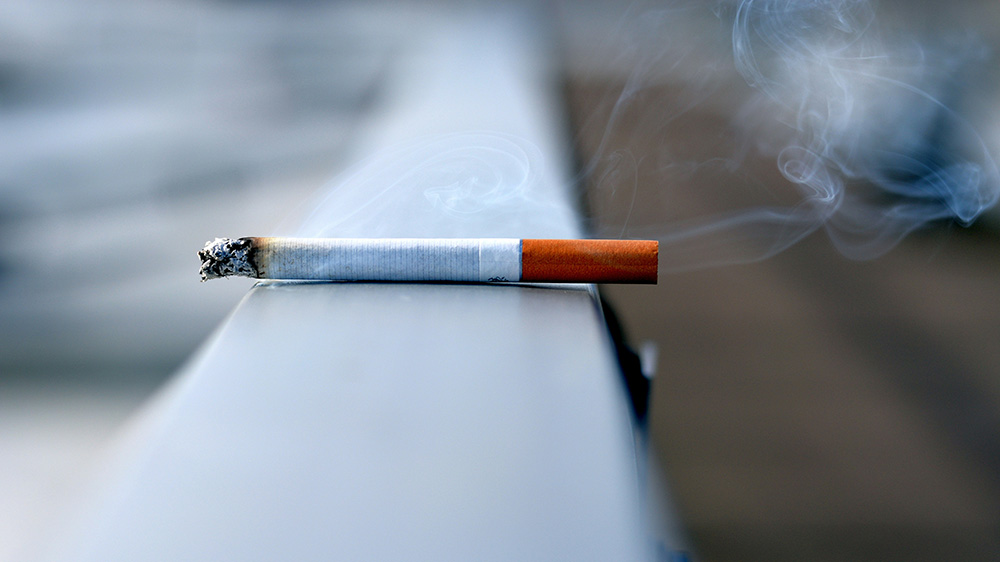Lung cancer remains one of the growing health challenges facing Australian men today. While most people immediately think of smoking when they hear "lung cancer," the reality is more complicated. Anyone with lungs can develop lung cancer and understanding the disease is the first step towards prevention and early detection.
Every lung cancer patient is different and within the early stages of lung cancer, unfortunately there’s a few unclear warning signs to indicate this. One of the key reasons for this is a cough can be easily missed, this can make the diagnostic process difficult to identify.
What is Lung Cancer?
To understand lung cancer, it helps to know that cancer occurs when abnormal cells grow out of control. In lung cancer, this happens within the lungs, where the cancer cells form tumours that can block the airways. These blockages can prevent the lungs from working properly, leading to difficulty breathing.
There are two types of lung cancer:
- Non-small cell lung cancer: which accounts for nearly 85% of cases.
- Small cell lung cancer: a faster growing, more aggressive form.
According to Cancer Australia, more than 4,900 Australian men were diagnosed with lung cancer in 2024, and the risk of being diagnosed by the age of 85 is about one in twenty. These figures highlight how common the disease remains, despite public awareness of the link between smoking and cancer.

What Causes Lung Cancer?
Smoking is undoubtedly the biggest culprit, responsible for roughly 80% of lung cancer cases in Australia. Cigarette smoke contains thousands of chemicals, many of which are harmful to the body. However, lung cancer can still occur in people who do not smoke.
Other causes and contributing factors include:
- Exposure to secondhand smoke, whether that is from a partner or family member smoking while you were in the room
- Inhaling harmful substances such as asbestos, radon gas, diesel fumes, or industrial chemicals – especially in certain jobs or workplaces
- Air pollution, particularly in urban areas – long-term exposure in urban or industrial areas.
- Family history or genetic factors – looking within your family history to see whether there are common genetics which cause lung cancer.
- Existing lung diseases such as fibrosis or chronic obstructive pulmonary disease (COPD)
While tobacco remains the leading cause, research is ongoing into the potential risks associated with newer products such as vaping. Although vaping has not been around long enough for long-term studies, health experts remain cautious about its effects on the lungs.
Key Risk Factors
There are a few factors which can make some people more vulnerable to lung cancer, including:
- History of heavy smoking
- Regular exposure to second-hand smoke or airborne toxins
- Age (risk rises after 50)
- Occupational exposure to dust, fumes, or chemicals
- Family history of lung or related cancers
Being able to recognise these risk factors allows health professionals to identify the people who can benefit most from screening and monitoring.
Symptoms of Lung Cancer
Lung cancer often goes undetected until it's quite advanced, which is partly why it remains such a serious health concern. But catching it early makes a real difference in outcomes.
Common symptoms include:
- Persistent cough lasting longer than three weeks
- Coughing up blood
- Shortness of breath or breathlessness
- Chest pain or tightness
- Voice changes (hoarseness)
- Recurrent chest infections that do not clear up
- Fatigue, loss of appetite, or unexplained weight loss.
Please note many of these symptoms also overlap with less serious conditions like respiratory infections or asthma, but when changes persist, getting checked is always the best decision as early detection of lung cancer can improve the chance of fighting.
Treatment and Support Options
How lung cancer is treated depends on the specific type and how far it's progressed.
Common approaches include:
- Surgery, where part or all of the lung tissue is removed where the cancer was located.
- Radiation therapy, sometimes combined with chemotherapy, used when surgery isn’t possible or to target advanced disease.
- Chemotherapy to destroy cancer cells and reduce the risk of recurrence.
- Immunotherapy, which stimulates the body’s immune system to fight cancer cells, used mainly for non-small cell lung cancer.
- Targeted therapy, focusing on genetic mutations in cancer cells for more personalised treatment.
- Palliative care, improving comfort and quality of life for advanced-stage patients.
Prevention and Reducing the Risk
Preventing lung cancer is not only about avoiding smoking. Reducing exposure to harmful chemicals in both work and social environments also plays an important role. It is likewise important to recognise that lifestyle has a big impact on overall health.
Maintaining a balanced diet, engaging in regular physical activity and reducing sedentary time all contribute to better wellbeing. Most importantly, staying up to date with respiratory health checks supports early detection and prevention.
Final Note
Lung cancer awareness is growing, and this will in turn increase the opportunities for early detection. Many people have a stigma associated with lung cancer that smoking is the reason for them developing the disease state. However, we need to realise 1 in 5 people with lung cancer did not smoke. Keeping yourself fit and healthy while also reducing the exposure to the risk factors you have control of will help to prevent lung cancer.
Dr Clem Bonney and Men’s Lung Cancer
Dr Clem Bonney can assist with screening for Lung Cancer and provide empathic support for those dealing with Lung Cancer. Dr Bonney can provide referrals to a surgeon and lung specialists to assist with addressing Lung Cancer. Dr Bonney is aware of the treatments and the impact of the disease and is placed to assist with caring for those diagnosed.

